
The Start Menu in Windows 10 is a vital component for accessing apps, settings, and system features. When it stops working or becomes unresponsive, it can disrupt productivity and make using the system difficult. This guide will provide detailed solutions for fixing the Windows 10 Start Menu.
1. Common Causes of Start Menu Problems
Understanding the possible causes is essential before trying to fix the issue. Common reasons include:
1) Corrupted system files: Essential Windows files might be damaged or missing.
2) Driver issues: Outdated or faulty drivers can disrupt system functionality.
3) Corrupted user profile: A damaged user profile can affect user experience.
4) Incomplete Windows updates: Missing or problematic updates may cause features to malfunction.
2. Solutions for Fixing the Windows 10 Start Menu
1) Restart Windows Explorer
Windows Explorer is a critical component that manages the desktop and taskbar. If it encounters issues, it can cause the Start Menu to malfunction. Restarting the process refreshes the user interface and can often resolve simple errors.
Press Ctrl + Shift + Esc to open the Task Manager.
Locate Windows Explorer in the list of processes.
Right-click on Windows Explorer and select Restart.
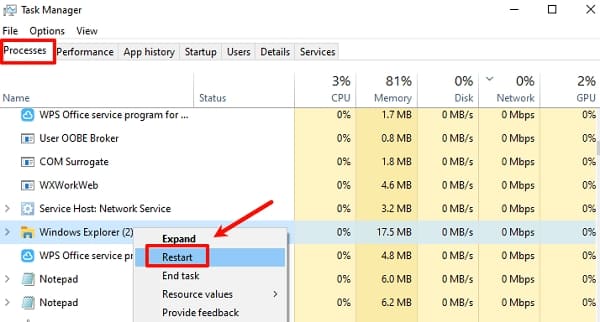
Wait for the process to restart and check if the Start Menu is functioning properly.
2) Run the System File Checker (SFC) Tool to Repair System Files
The System File Checker (SFC) tool scans for and automatically repairs problems within Windows system files. This built-in tool is straightforward to use and can effectively resolve issues caused by system file corruption.
Type "cmd" in the search box, right-click on Command Prompt, and select "Run as administrator".
Type sfc /scannow and press Enter.
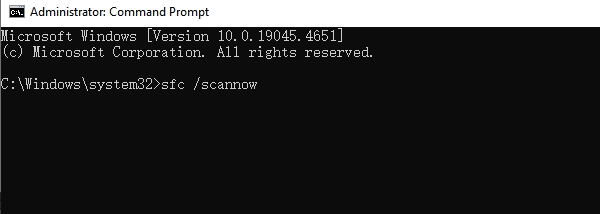
Wait for the scan to complete; this may take 15 minutes or more.
If SFC finds and repairs issues, restart your computer and check the Start Menu.
3) Update or Reinstall Drivers Using Driver Sentry
Driver updates are essential for maintaining system stability and performance. Driver Sentry is a reliable tool that can quickly scan and update all drivers on your system, ensuring they are compatible and functioning correctly.
Download and install Driver Sentry.
Open Driver Sentry and click Scan to detect the status of all drivers.
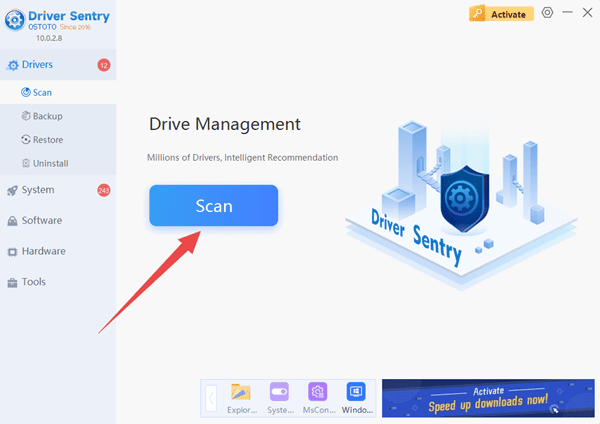
Review the scan results and update any outdated or faulty drivers, especially those related to graphics and chipsets.

Once complete, restart your computer to apply the changes.
Check if the Start Menu is now functioning properly.
4) Run the DISM Tool to Repair the System Image
When SFC cannot resolve the problem, the DISM tool is a more comprehensive repair method. It corrects potential system image issues and restores system health.
Right-click the Start button and select Windows PowerShell (Admin).
Enter the following command and press Enter:
DISM /Online /Cleanup-Image /RestoreHealth
Wait for the process to complete; this may take 10-30 minutes, depending on your system and hardware.
After completion, it is recommended to run sfc /scannow again to ensure all system issues are resolved.
Restart your computer and check the Start Menu.
5) Re-register the Start Menu Using PowerShell
Re-registering apps can fix registration-related issues with the Start Menu. This process will not delete any user data but will reset the app's configuration.
Right-click the Start button and select Windows PowerShell (Admin).
Enter the following command and press Enter:
Get-AppXPackage -AllUsers | Foreach {Add-AppxPackage -DisableDevelopmentMode -Register "$($_.InstallLocation)\AppXManifest.xml"}
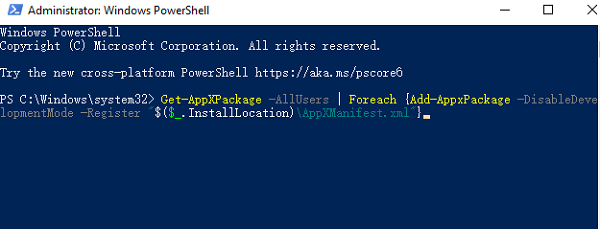
Wait for the command to execute and restart your computer.
Check if the Start Menu is now functioning properly.
6) Update Windows 10
Windows updates often address various problems because Microsoft releases updates to fix known bugs. A system that isn't updated may be affected by outdated software and drivers.
Press Win + I to open Settings.
Navigate to Update & Security and click Check for updates.
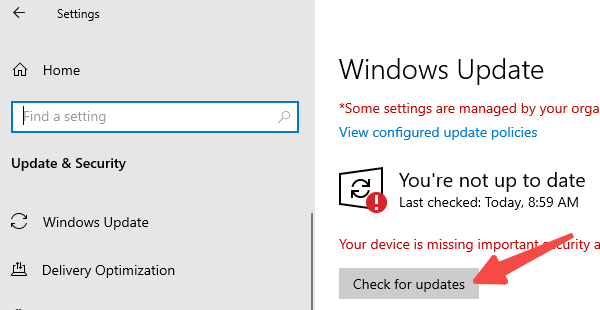
If updates are available, install them and restart your computer.
The Windows 10 Start Menu not working can be a frustrating problem, but with the methods detailed in this article, you can effectively troubleshoot and resolve the issue. From simple solutions like restarting Windows Explorer to updating drivers with Driver Sentry and running system repair tools, each step can help you restore full functionality.
See also:
Guide to Connecting a Laptop to Dual Monitors
8 Ways to Fix Hogwarts Legacy Stuttering